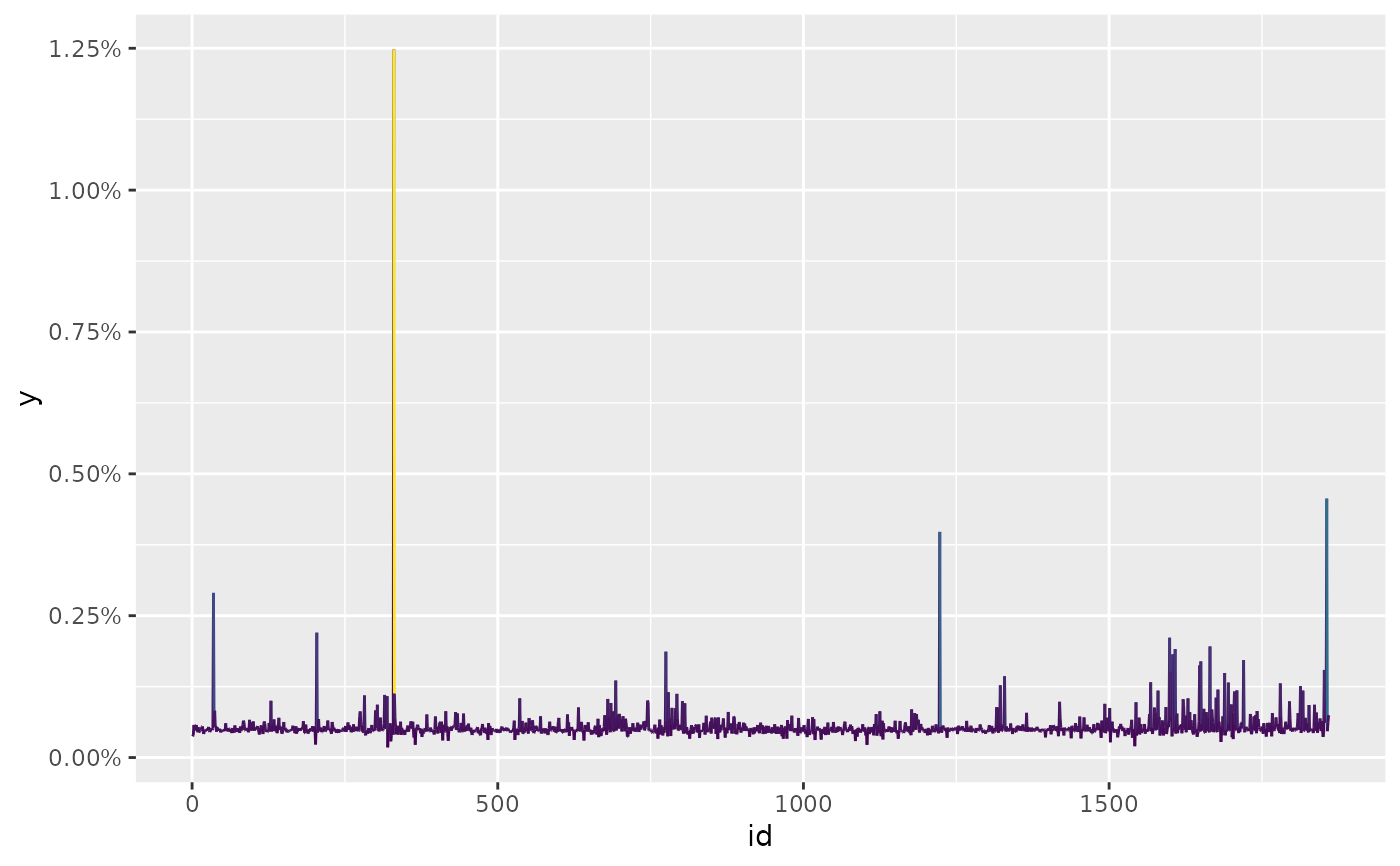Match different decay-factors on the covariance matrix.
Usage
double_decay(x, slow, fast)
# S3 method for default
double_decay(x, slow, fast)
# S3 method for numeric
double_decay(x, slow, fast)
# S3 method for matrix
double_decay(x, slow, fast)
# S3 method for ts
double_decay(x, slow, fast)
# S3 method for xts
double_decay(x, slow, fast)
# S3 method for tbl
double_decay(x, slow, fast)
# S3 method for data.frame
double_decay(x, slow, fast)Arguments
- x
An univariate or a multivariate distribution.
- slow
A
doublewith the long half-life (slow decay) for the correlation matrix.- fast
A
doublewith the short-life (high decay) for the volatility.
References
De Santis, G., R. Litterman, A. Vesval, and K. Winkelmann, 2003, Covariance matrix estimation, Modern investment management: an equilibrium approach, Wiley.
